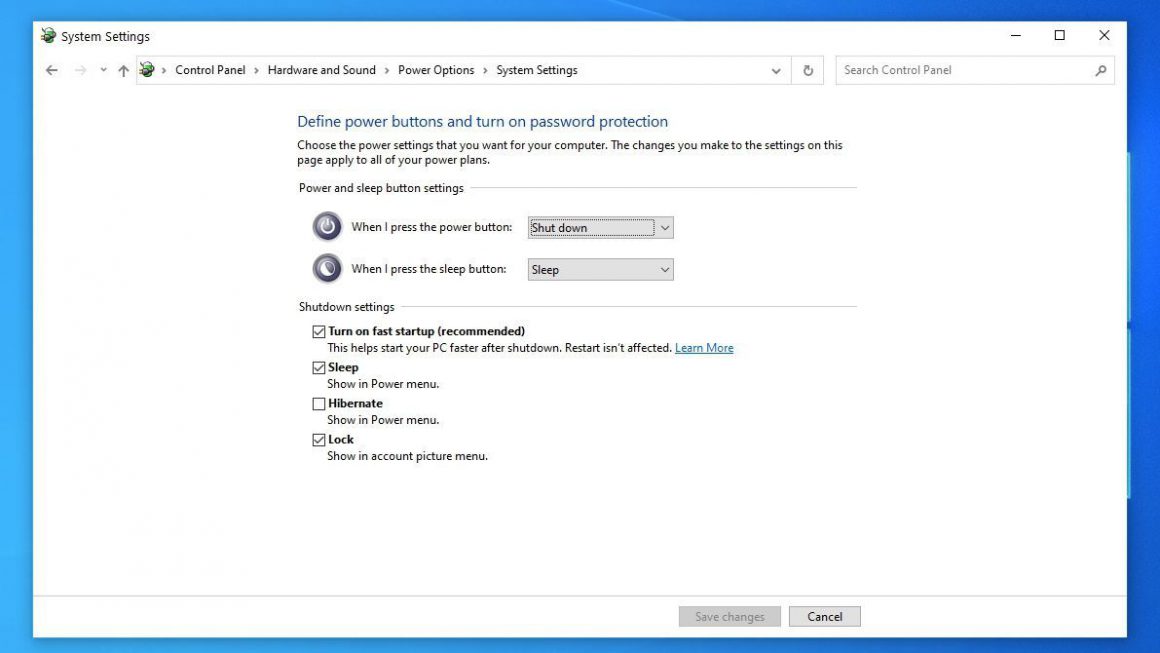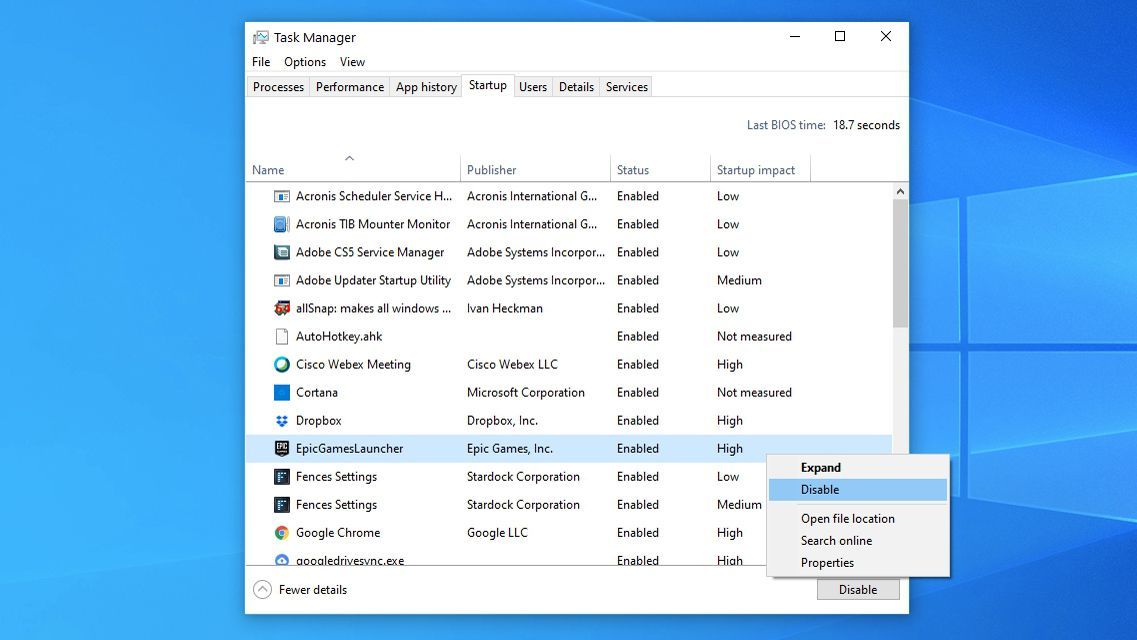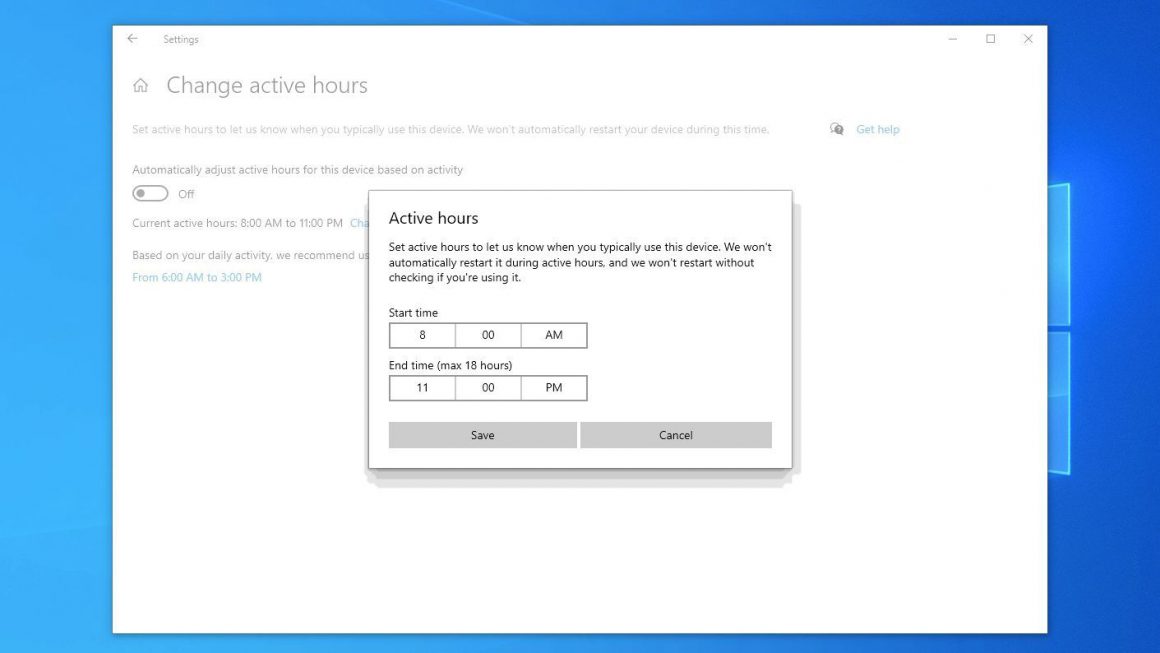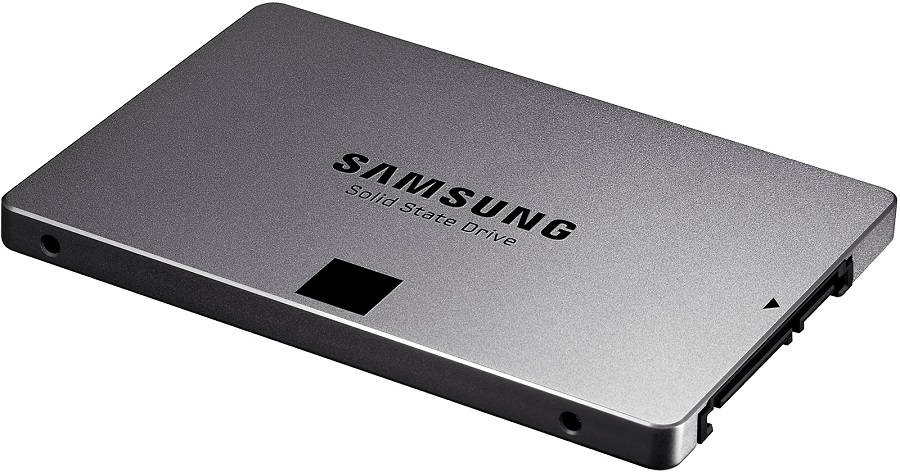6 Golden Tips to Reduce System Boot Time
Although the speed of computers, which are incredibly useful and practical machines without which life is now impossible for humans, has greatly increased since the invention of computers, we still sometimes have to wait to work with them.
We do not mean when the computer is processing heavy and time-consuming tasks. Still, when booting or so-called booting, the System has not yet become instantaneous; depending on the System, seconds to boot the System have to wait.
In the meantime, some solutions can help reduce System boot time.
In this article, we are going to point out some of the most important of these solutions.
The most valuable solutions to reduce System boot time
Activate Fast Startup mode in Windows
Windows 10 has a feature called Fast Startup, which, as its name implies, speeds up your system to some extent. Since it is a software solution available, activating this feature can be the first step to reducing system boot time. Fast Startup can be considered a state between sleep and the complete shutdown of the System.
In this case, your running programs are not saved like in hibernation, but the operating system enters hibernation, which helps the system boot faster.
However, this mode does not include the system reboot, so if the system restarts or needs to be restarted, the boot time will be longer.

This feature is enabled by default on most systems, but can be easily enabled on systems that have been disabled or disabled. To do this, go to Settings> System> Power & Sleep and select Additional Power Settings from the menu on the right.
IClickChoose What the Power Buttons Do in this section to see the Turn on Fast Startup option. Once activated, click Save Changes and then exit.

Set UEFI / BIOS settings.
The BIOS system also has a Fast Boot option for relatively newer computers. Unlike Windows Fast Startup, the Fast Boot BIOS ignores some initial tests to start the computer when it first boots.
This feature may need to be turned off for some users, such as overclockers, but most users can take advantage of it.
To enable Fast Boot, after restarting the System, press the Delete (or other related) Button to enter the BIOS settings and look for the Fast Boot option.
It is also best to prioritize booting with the hard drive. The location of fast boot settings may vary between different brands of motherboards, so you need to take some time to find the option. However, the motherboard manual can also be helpful in this regard.
Disable unnecessary programs from Startup
One of the most important things you can do to speed up boot and reduce boot time is to disable software running on Startup. The more active software you have in this section, the longer the System will boot.
While some of these software (such as antivirus) must be run from the beginning of the system boot, many can be disabled.
To see the list of programs running in Startup, press Ctrl + Shift + Esc simultaneously to open the resulting task menu. At the bottom, click on More Details and go to the Startup tab.

You will see a list of programs running at boot time. In front of each program, the duration of its effect on the boot is also visible. You can also see the Last Bios Time at the top right.
If you see a program in this list that does not need to be run at boot time, right-click it and click Disable. You can also do the same through Settings> Apps> Startup. You may even see a program in this section that is not useful to you at all; you can uninstall such things.
Install Windows updates when the System is idle.
Installing Windows updates can be time-consuming, especially if there is a major update. You probably do not want to wait for Windows to restart and boot up after installing the downloaded updates while you are playing a game or about to do something important with the system. So it is better to do this when you do not have special work to do with the system.
To do this, you need to allow Windows to download updates automatically.

To do this without interrupting your work, go to Settings> Update & Security> Windows Update and click Change Active Hours. You can now determine what hours you use the device
. Which is usually set by users from 9 to .5 PM Windows then downloads and installs updates automatically when the System is idle.
Use high-speed SSDs
The solutions we have mentioned so far were all software-based. Although software solutions are sometimes effective, they can not work miracles, but what we are about to do now really works wonders for System boot speed.
Discard mechanical hard drives or use them only for archiving information such as movies, music, etc.
SSDs are up to 10 times or even faster than mechanical hard drives. They make no noise, are light, and usually break down much later.

Installing Windows and applications on SSD drives causes Windows to boot and dash. Although the price of this type of memory was relatively high in the past, it is now much more valuable.
No matter how powerful your system processor is or how much RAM you have, if you do not have high-speed storage, you will not be able to enjoy your system’s actual speed.
So, installing an SSD is the best thing you can do to speed up your overall System.
Use Sleep mode
Booting the system when it is in Shut Down mode is more time-consuming than when it is in Sleep Mode. If your system is slow to boot, it may be best to always put it in Sleep mode.
Do not worry about power consumption in this case. The system consumes very little in this case compared to a complete blackout. In this case, your running programs will usually stay open for a while.
Therefore, putting the System to sleep can be a helpful solution.
FAQ
What types of tips are included to reduce boot time?
The article shares actionable steps like disabling unnecessary startup programs and optimizing system settings.
How do these tips improve system performance?
They reduce delays during startup, leading to faster access to your desktop and applications.
Who benefits from using these boot time techniques?
Anyone seeking to speed up their computer’s startup and improve everyday performance.
